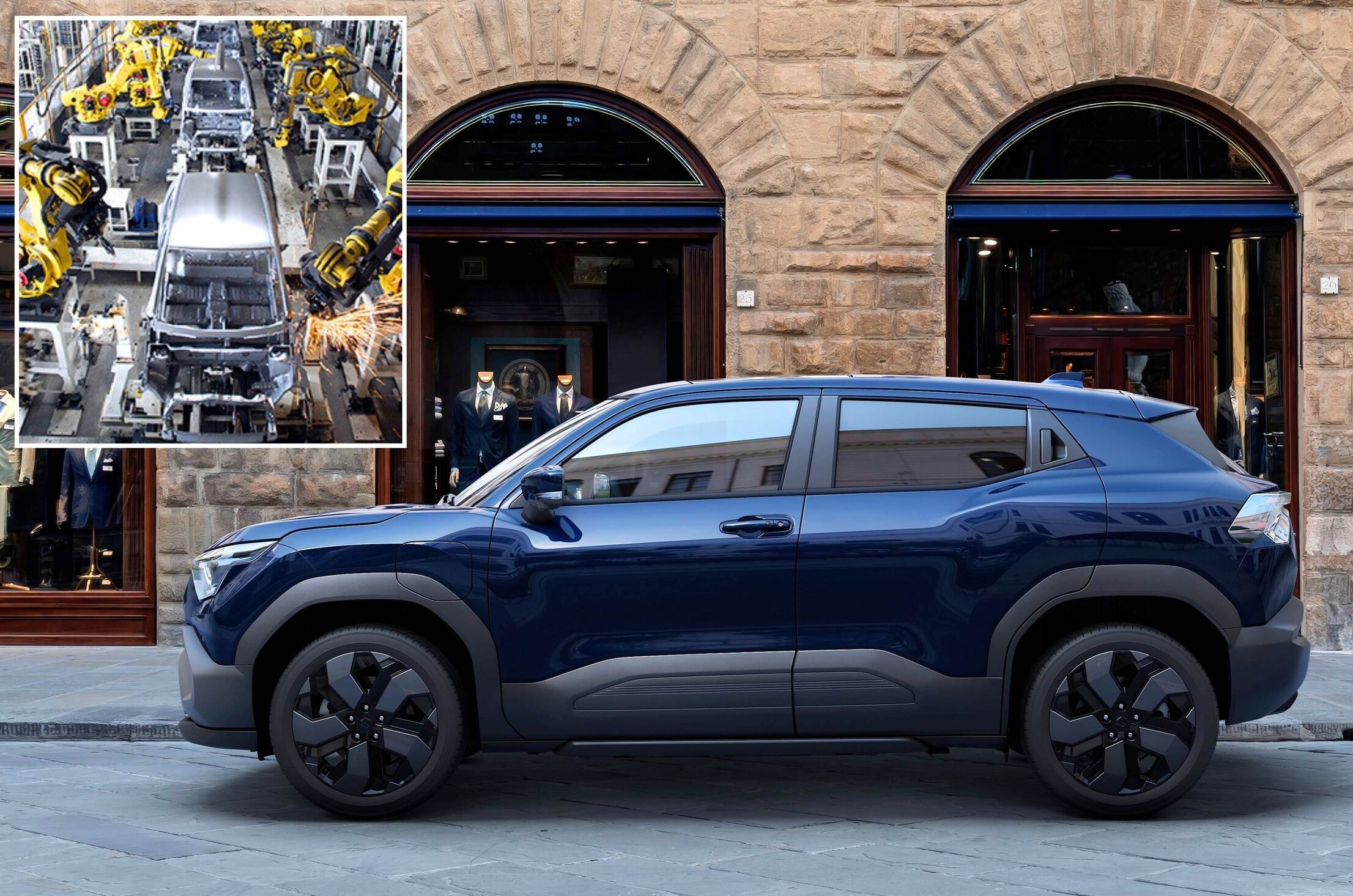Maruti Suzuki has significantly reduced the production forecast for its debut EV, the e Vitara, for the first half of FY2026, citing disruptions in the supply of rare earth materials. According to a company document reviewed by Reuters, the automaker plans to produce 8,221 units between April and September 2025. That’s a 69 percent reduction from the original target of 26,512 units. This indicates that e Vitara waiting periods at launch may be quite long.
- Rare earth material shortage due to Chinese restrictions on export
- Maruti e Vitara FY2026 production target is 67,000 units
- Maruti says E Vitara launch on schedule for festive season
Maruti e Vitara production goals
Maruti plans to produce up to 440 e Vitaras a day between October 2025 and March 2026
The shortage is attributed to China’s recent restrictions on rare earth exports, affecting the availability of key components like magnets, which are essential for EV production. This has impacted the global automotive sector. While carmakers in the US, Europe and Japan have started securing export licences from China, Indian automakers are still waiting for similar approvals, causing delays in manufacturing.
Despite the setback, Maruti Suzuki aims to meet its full-year production goal of 67,000 e-Vitaras by ramping up output in the second half of the fiscal year. Between October 2025 and March 2026, the company plans to manufacture 58,728 units, compared to an earlier target of 40,437, potentially producing up to 440 vehicles per day at its peak.
Maruti e Vitara launch timeline unchanged
Price reveal and commencement of deliveries by September
While Maruti stated last week that the rare earth issue has not yet impacted the e Vitara’s launch timeline, analysts have raised concerns over the delay in opening bookings. Meanwhile, Maruti continues to face stiff competition from domestic rivals Tata Motors and Mahindra, which are among the leaders in India’s growing EV segment. The company’s overall passenger vehicle market share has declined to 41 percent, down from 51 percent in March 2020.
Adding to the competitive pressure, parent company Suzuki has revised its long-term sales target for India. It now aims to sell 25 lakh vehicles annually by March 2031, a reduction from its previous projection of 30 lakh. Additionally, the planned EV line-up has been trimmed from six models to four.
Also see:
Suzuki e Vitara review, Tata Altroz review, and more: Autocar India June 2025 issue
New Maruti SUV is a 5 seater positioned between Grand Vitara and Brezza


